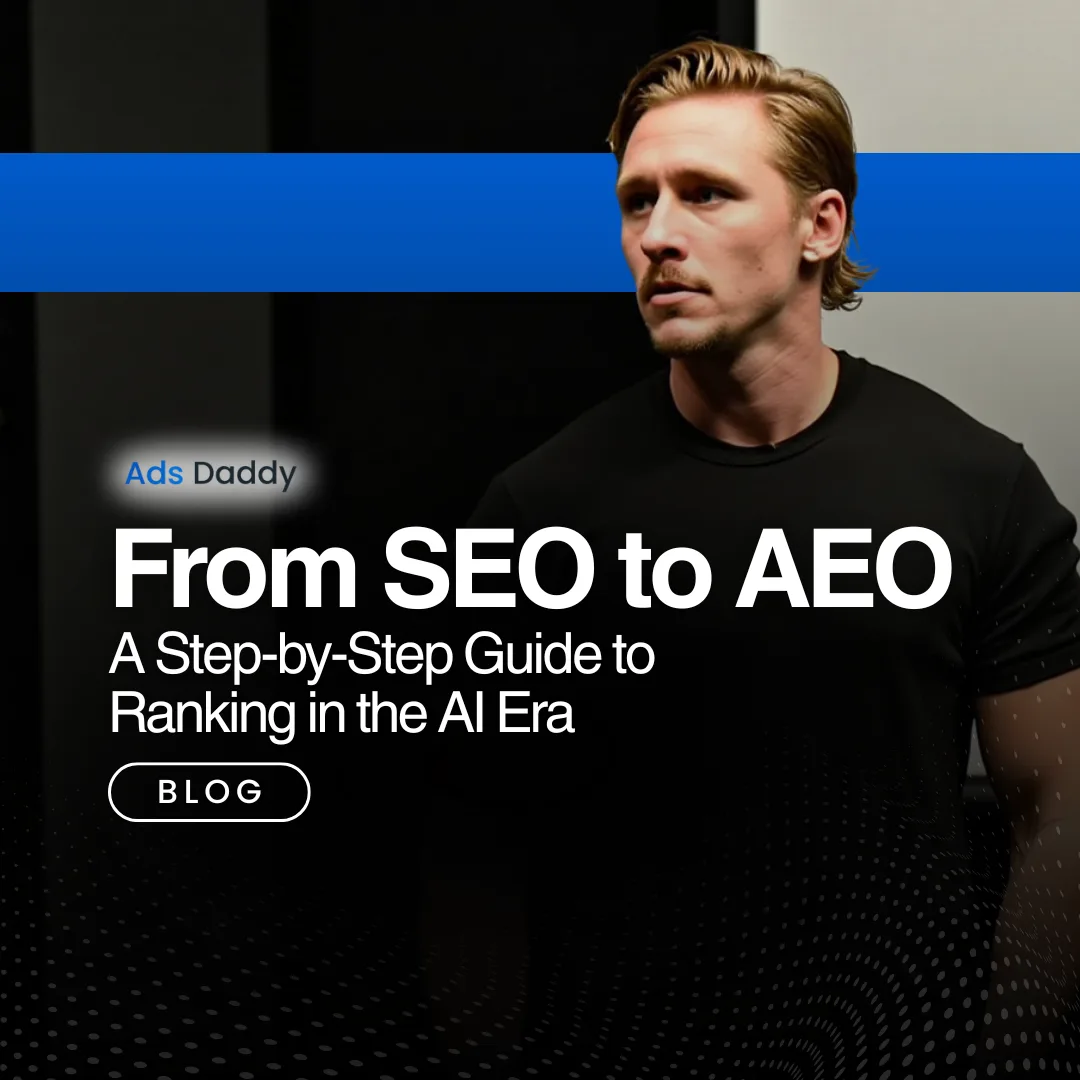Step 1: Understand the Shift from SEO to AEO
Traditional SEO focuses on optimising for search engine rankings through keywords and backlinks.
Answer Engine Optimization (AEO), on the other hand, aims to make your content the direct answer to user queries in AI-driven platforms like ChatGPT, Google Gemini, and Perplexity.
Key Differences:
- SEO: Targets keyword rankings and click-through rates.
- AEO: Focuses on providing concise, authoritative answers to user questions.
Checklist:
- Familiarise yourself with AI-driven search platforms.
- Analyse how your current content performs in AI search results.
Step 2: Conduct Intent-Based Keyword Research
AI search engines prioritize user intent over exact keyword matches. Understanding the underlying intent behind queries is crucial.
Actions:
- Identify common questions your target audience asks.
- Use tools like AnswerThePublic or Google’s “People Also Ask” to find relevant queries.
Checklist:
- Compile a list of user-intent-driven questions.
- Map these questions to your existing content or plan new content accordingly.
Step 3: Create Conversational, Answer-Focused Content
Craft content that directly answers user questions in a clear and concise manner.
Best Practices:
- Use a conversational tone.
- Structure content in a Q&A format.
- Provide comprehensive answers within 40-60 words for quick AI consumption.
Checklist:
- Rewrite existing content to address specific user questions.
- Ensure each piece of content answers a distinct query clearly.
Step 4: Implement Structured Data and Schema Markup
Structured data helps AI understand and present your content effectively.
Key Schema Types:
- FAQPage
- HowTo
- QAPage
- Article with
sameAsandaboutproperties
Checklist:
- Add appropriate schema markup to all relevant pages.
- Validate your structured data using Google’s Rich Results Test.
Step 5: Optimise Technical SEO for AI Crawlers
Ensure your website’s technical aspects facilitate AI crawling and indexing.
Focus Areas:
- Fast loading speeds.
- Mobile responsiveness.
- Clean URL structures.
- XML sitemaps.
Checklist:
- Use tools like Google PageSpeed Insights to assess and improve loading times.
- Ensure your website is mobile-friendly.
- Create and submit an XML sitemap to search engines.
Step 6: Build Topical Authority and Trustworthiness
AI platforms favor content from authoritative and trustworthy sources.
Strategies:
- Consistently publish in-depth content on your niche topics.
- Acquire backlinks from reputable websites.
- Maintain consistency in your brand’s information across all platforms.
Checklist:
- Develop a content calendar focusing on your niche.
- Reach out to industry publications for guest posting opportunities.
- Audit your online presence for consistency in brand information.
Step 7: Monitor and Adapt Using AI-Specific Analytics
Traditional analytics may not capture AI-driven traffic effectively.
Tools and Techniques:
- Set up custom channel groupings in Google Analytics 4 to track AI referrals.
- Use AI analytics platforms to monitor mentions and citations.
- Regularly test how your content appears in AI search results.
Checklist:
- Configure GA4 to track traffic from AI platforms.
- Monitor AI-driven traffic and adjust strategies accordingly.
- Perform regular audits of your content’s presence in AI search results.
By following this step-by-step guide and utilizing the checklists provided, you can effectively transition your website from traditional SEO practices to a robust AEO strategy, ensuring greater visibility and engagement in AI-driven search environments.



